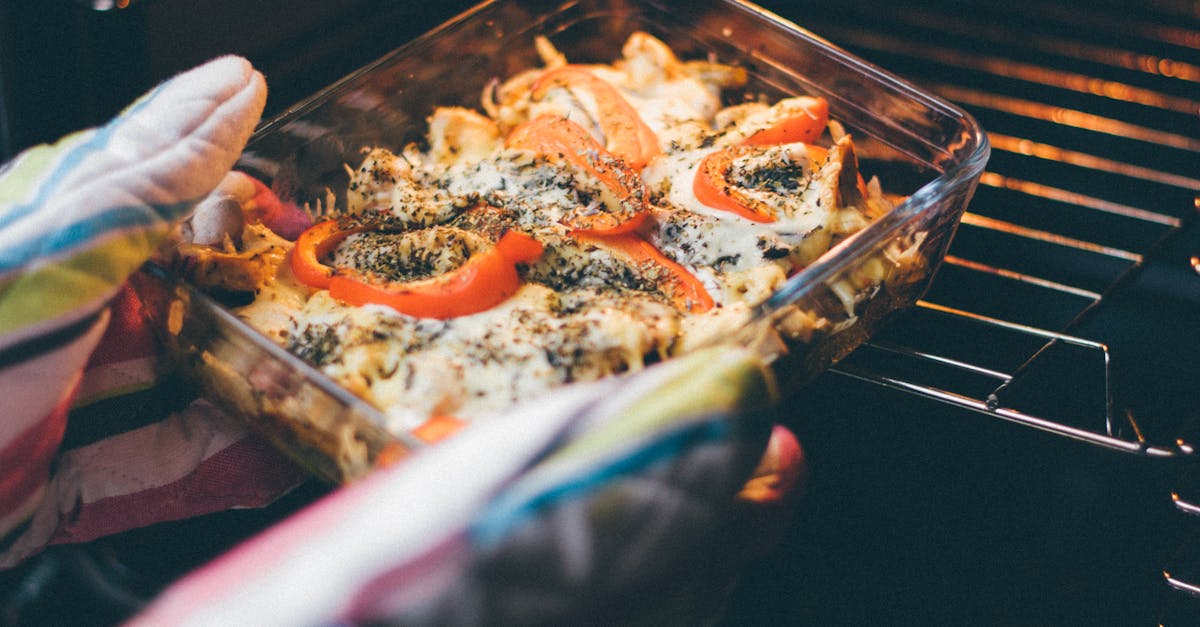You don’t need to be afraid of your oven. Your oven stares at you from the corner of your kitchen, under-utilized and under appreciated. That magical appliance that you thought only your mother knew how to use sits idly by as you miss out on a multitude of recipes lying in wait for you to buck up and preheat that baby. Fortunately, fearful oven user, you have stumbled upon a guide to gently introduce you to your new best cooking buddy.
Step 1: Turn It On (Preheat It)
If your oven has a dial, gently press the knob in and turn it to the desired temperature. If it has a button, press “preheat” or “on” and enter the temperature that you would like. On some ovens you may need to press “go”. Once the oven has been preheated, you will hear a beep, ding, or something of the like. Then it’s cookin’ time.
#SpoonTip: Don’t stick your head into a 350 degree oven. Take you time putting things in/pulling them out and invest in a pair of decent oven mitts (I’m looking at you, butter fingers).
Step 2: Put Your Dish In The Oven
Once you have put your dish in the oven, the only thing left to do is wait. Remember to set a timer, especially important if you are living in a dorm; no one wants to be the person who sets off the fire alarm and makes everyone leave the building and stand outside for twenty minutes.
#SpoonTip: Baked goods (cookies, pies, cakes, etc.) usually go on the highest or middle rack; for broiling use the top rack; if you are reheating a dish (only for advanced, dedicated oven users) put it on the bottom rack in the center
Step 3: Check To See If It’s Done

A good way too determine if meat is safe to eat is to use a meat thermometer. The recommended minimum temperature for beef, veal, lamb, pork and fish is 145 degrees fahrenheit; ground meat is 160 degrees fahrenheit; and poultry is 165 degrees fahrenheit. Vegetables should be tender enough that you can easily puncture them with a fork. Any baked good can be tested by sticking a toothpick in the middle of the dish; if the toothpick comes out clean (free of batter) then you’re good to go.
Step 4: *Carefully* Take It Out Of The Oven

If your dish is done cooking, carefully remove it from the oven and set it either on the stovetop or the counter to cool. Allow the dish to cool for at least ten minutes; I know it’s hard to wait, but I promise your food will taste much better if your tastebuds aren’t singed off. Usually, oven leftovers can be stored in the fridge for up to a week before they go bad. Just be careful with meats and anything with dairy.
So, now that you’re an oven expert, here’s a recipe to prove to yourself that you can indeed master the scary appliance in the corner of your kitchen.


